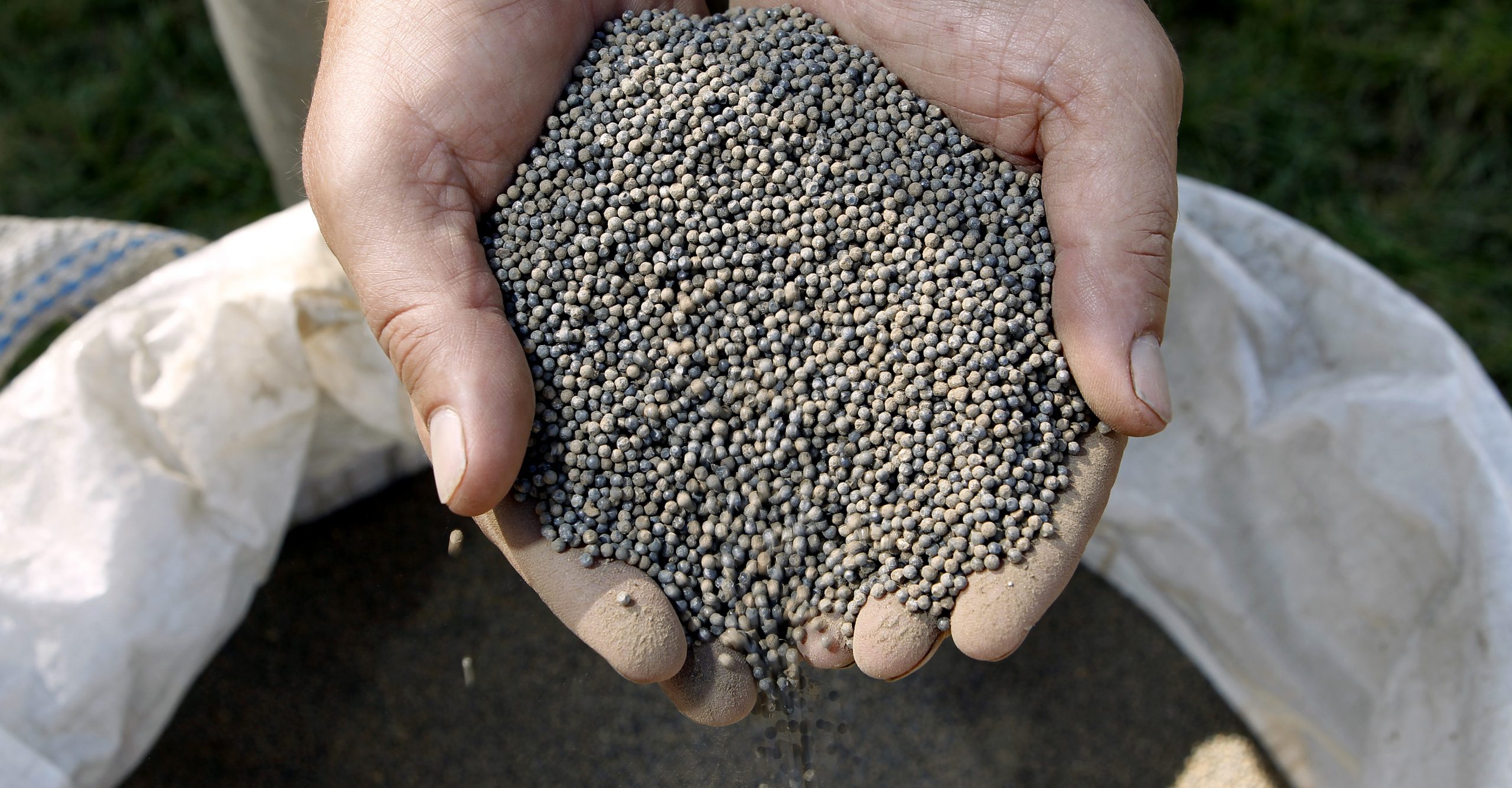On his first day in office, the new Interior Department secretary weakened protections for one American icon, even as he took on the costume of another.
Around 9 a.m. on Thursday, Ryan Zinke, a fifth-generation Montanan, donned a cowboy hat and rode a horse named Tonto to his Washington, D.C., office. Not long after, he rescinded an Obama administration order that banned the use of lead ammunition in wildlife refuges. Use of this kind of ammunition has been implicated in the poisoning of wildlife — including bald eagles, occasional scavengers that can swallow lead ammo fragments in animal parts discarded by hunters.
The lead ammo ban was new. It was announced on January 19, the day before Donald Trump’s inauguration, without any public comment or consultation with stakeholders in related industries, by Dan Ashe, the former director of the Fish and Wildlife Service. The order barred the use of lead ammunition and fishing tackle on the agency’s lands that allow hunting and fishing.
While a wide range of sportsmen’s groups, environmental regulators, and gun advocates shared indignation over the last-minute implementation of the ban, divisions remain over the seriousness of the environmental threat posed by use of lead ammo.
Lead is toxic, and poses a known and direct hazard to wild animals, sometimes leading to death. Many hunters also avoid using lead ammunition, out of fear that it can endanger their own health.
According to one study, prepared by the USGS National Wildlife Health Center, wild birds can die after ingesting a single lead fragment. Another survey conducted by the Fish and Wildlife Service in the mid-1980s found that of 2,000 deceased eagles scientists examined, 119 had died of lead poisoning.
The health effects of lead ammunition can also be seen outside hunting grounds. At one former shooting club in Stratford, Connecticut, on the Long Island Sound, shellfish were found to have lead levels at 10 times the normal rate after absorbing toxins from shot that fell into the water. Even though the club shuttered in the mid-1980s, people are still barred from harvesting and consuming the mussels and oysters that live on the site out of health concerns.
Not everyone accepts that lead bullets pose a serious threat. The National Shooting Sports Foundation, a gun industry trade group, had slammed the original order as “irresponsible and driven not out of sound science but unchecked politics.” The group’s top executive, Larry Keane, has dismissed calls to regulate lead ammunition in the past by pointing to recoveries in the bald eagle population.
In a blog post, the group said the repeal “preserves the ability of hunters and target shooters to participate in their traditions.”
Chris Cox, the National Rifle Association’s executive director, characterized the original order a “reckless, unilateral overreach that would have devastated the sportsmen’s community.”
There is often a blurred line between hunters and environmentalists. To find game, hunters hike, camp, and otherwise embrace an outdoors lifestyle — and as such, are often sensitive to the threats of development and pollution to public and private lands. But that doesn’t mean they are eager to spend more money to support their favorite pastime.
Many hunters grumble that alternative metals for ammunition are more expensive than lead rounds. Sporting goods retailer Midway USA sells standard Hornady .308 rifle rounds for between $22.99 for a box of 20, but lead-free bullets from the same manufacturer costs $39.49 for the same number of rounds.
Safari Club International, a group that advocates for hunters and sponsors conservation efforts, met with Zinke on his first day in office and endorsed the revocation of Ashe’s directive. Zinke’s order “prevented the harm the former administration’s hasty and thoughtless attack would have caused the hunting community,” SCI said in a statement.
Other conservation groups were ambivalent about Zinke’s revocation of the Obama administration’s order. “The science is clear that reducing lead in the soil and water will help wildlife populations,” said Collin O’Mara, the president and CEO of the National Wildlife Federation, which has repeatedly called for the adoption of non-toxic ammunition since 1971. “But rather than rushing a policy a few days before the end of an administration, we need to have an honest conversation about the science with sportsmen, wildlife professionals, government, and industry to find common-sense and science-based solutions that will survive the test of time.”
Zinke’s action was met with celebration by a number of prominent gun-rights, hunting, and conservation groups. Representatives from the NSSF; the National Wildlife Federation, which represents both environmentalists and sportsmen; the Association of Fish and Wildlife Agencies, a coalition of state-level conservation authorities; and the NRA, attended the order’s signing ceremony.
The lasting ramifications of Zinke’s action may be limited since the use of lead ammunition for hunting on public land remains widely regulated. The federal government has prohibited the use of lead shot for waterfowl hunting on federal lands since 1991. According to Hunt for Truth, a group that opposes regulation of hunting ammunition, every state but New Hampshire, Mississippi, West Virginia, and Arkansas has laws limiting at least some uses of lead ammunition on public lands. These laws often apply when hunting in certain watersheds or pursuing certain kinds of game, like migratory birds. Some states go further: Maine, for instance, requires nontoxic shot for all upland game hunting, except for deer and turkey.
But beefed up regulations do not always prevent harm to the environment. On Thursday, the same day Zinke signed his order, a bald eagle died from severe lead poisoning in Washington state, which requires the use of non-toxic ammunition for bird hunting. Other types of lead ammo, such as bullets for rifles, are still allowed.
Veterinarians attempted to treat the animal, but “despite everything we did the toxicity was so high that it was not reversible,” said Sarvey Wildlife Care Center Director Suzanne West. “This bird made very heartbreaking, sad crying sounds all throughout the day and night.”
[Flickr user Nicole Beaulac]


